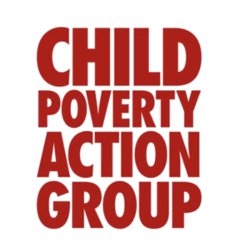
June 16 marks the anniversary of the inaugural event for the Park Up For Homesmovement which took place at the Mangere town centre, Auckland. A year on, Child Poverty Action Group (CPAG) asks, what does the housing situation look like now?
Park Up For Homes was started by a group of Mangere residents who were deeply concerned about the homeless in their neighbourhood who were appearing in high numbers, and the increasing incidences of families forced to sleep in garages, tents and often their cars. Homelessness among children is an issue that resonated strongly with CPAG, who got on board to support the cause.
The premiere event on 16 June 2016 saw around 1000 locals, including politicians and members of other key organisations like CPAG, join together in solidarity with those doing it tough, sleeping out for the night in their cars. While the weight of the cause was great, the events were light-hearted celebrations of the potential for many voices to make great change. Live musicians, storytelling for children and guest speakers contributed to the festivities and dinner and breakfast was served for all who participated. The event inspired organisers in eight other areas across New Zealand to hold their own Park Up For Homes, and over 2000 people in total contributed to the movement’s kaupapa – which was to have better circumstances provided for those in need.
CPAG said that a top priority of the Government should be to build many more state homes.
Success of the #ParkUpForHomes campaign can be measured by the increased public and media awareness of homelessness in New Zealand, and a notable change in the narrative about what being homeless really means.
A few highlights (and lowlights) of the past year:
– Nine Park Up For Homes events!
– LifeWise continues their Big Sleepout campaign to end youth homelessness.
– An Our ActionStation petition asking the Government to develop policy around homelessness was presented to Parliament.
– CPAG noted that the social housing ‘Priority A’ waiting list had increased dramatically – up 49% in December 2016, from the same period the year before.
– An expose of the horror that is children residing in boarding houses.
But what is being done by our policy makers to improve the situation for many families suffering?
– The Government has thankfully responded by distributing more and more emergency housing grants, and said it would continue to do so while the need is high. But many such grants were recoverable, simply throwing families into greater levels of debt.
– Buying motels as temporary housing units was a common news item, but not a response that addresses the chronic shortage of state houses in many cities across New Zealand.
– State house evictions had doubled due to methamphetamine contamination, but no plans to address the causation, rehabilitation or re-housing.
– Announcements of increasing housing by 34,000 in the next 10 years are a matter of smoke and mirrors. This figure is distributed over a range of builds and transfers – while social housing stock is likely to only increase by 765 new builds.
– Accommodation supplement increases in Budget 2017 were a welcome response to inadequate incomes, but still the issue of new builds remains at large, without an adequate plan to address the need.
The layers of homelessness are many. From the rough sleepers to the families living in their cars, to overcrowding in share houses, to slum dwellings where proprietors reap the benefits of those less fortunate. These all impact in detrimental effects on child health and wellbeing. Thankfully the public is gaining a much greater understanding of the severity of the issues.
Homelessness cannot be allowed to become the status quo and it is important that policy change remains on the public and political agenda. More must be done – movements like Park Up For Homes give the issue momentum and help maintain it as in important public and political issue.
Bex Rillstone, one of the founding members of the Park Up For Homes movement says that the events ignited a spark of hope for many.
“While we still battle with a housing crisis in Aotearoa, and face a challenging winter ahead, we have hope that the collective voices of people wanting change can really make a difference,” says Ms Rillstone.
“Park Up For Homes has inspired a change in the narrative around homelessness, an increase in funding for emergency housing and an important political debate that continues one year on.”
CPAG will continue to encourage New Zealand’s policymakers to improve housing accessibility, and will be publishing a range of housing recommendations as part of our policy priority seriesA New Zealand where children can flourish, in July.

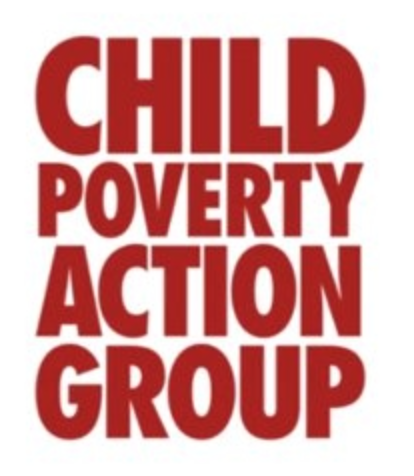
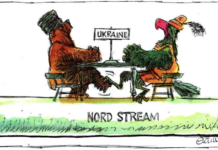
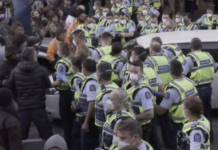
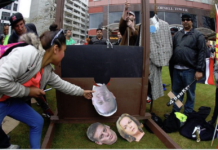

http://www.newshub.co.nz/home/shows.html
Still a mess over housing in Auckland we see today on The Nation on TV3 today.
Nactional are lost here!!!!
Our society is going to hell in a hand bag.
National must go out of government in September.
Comments are closed.